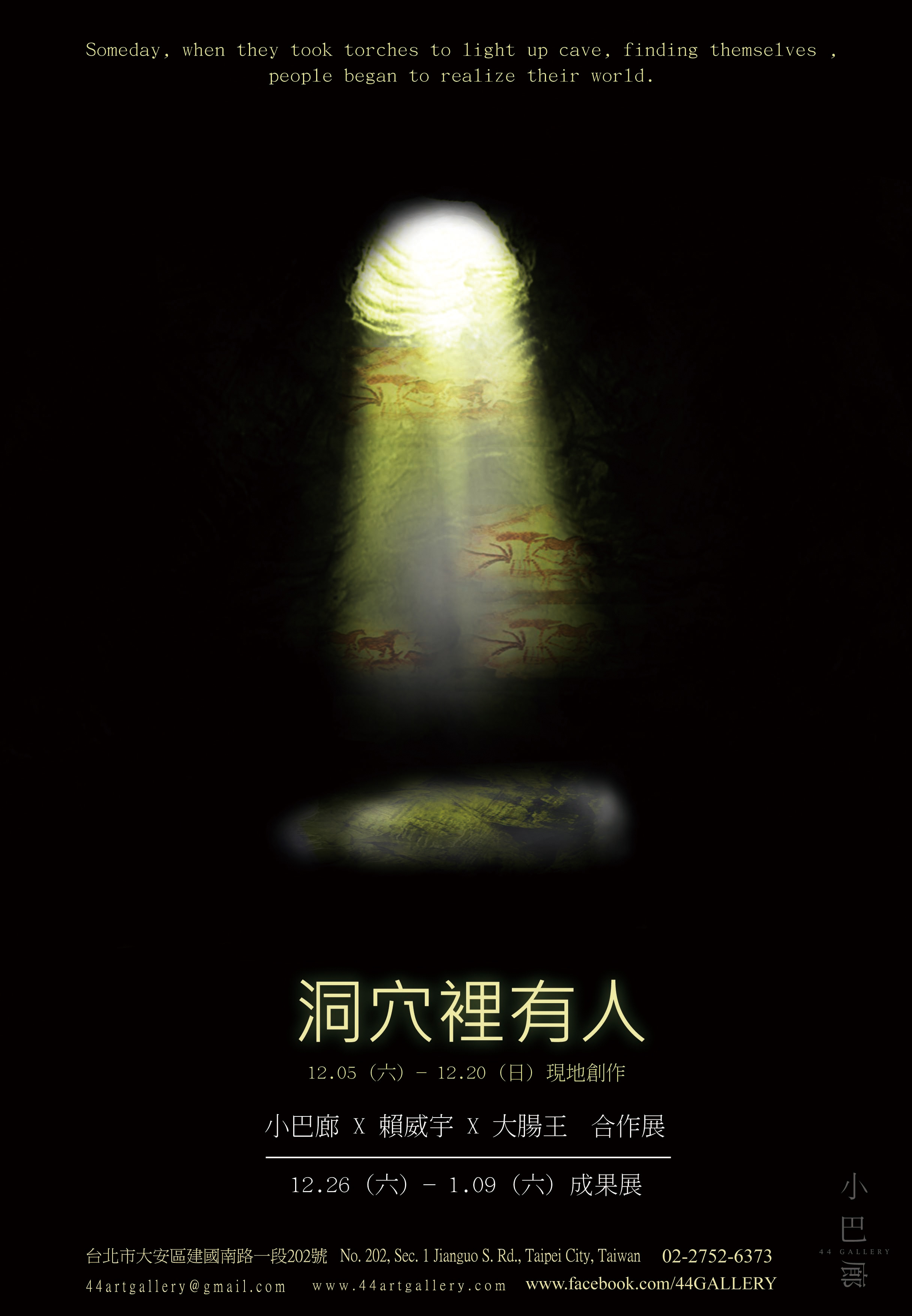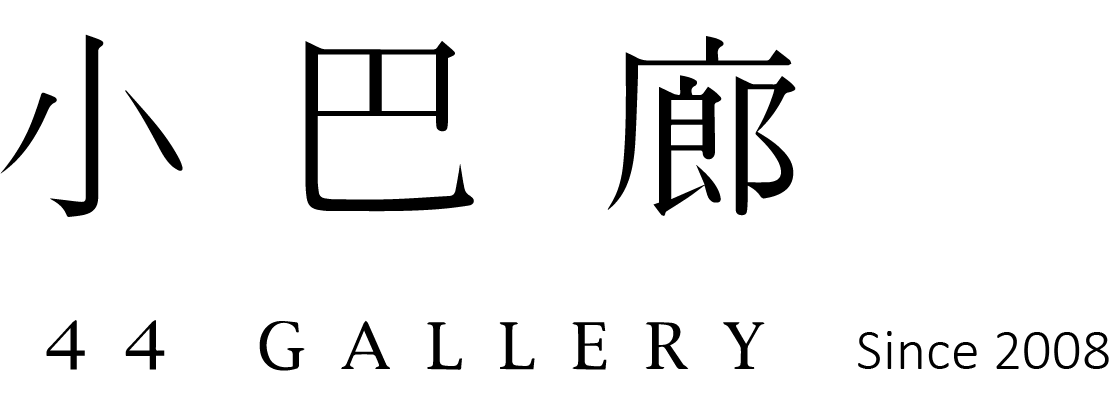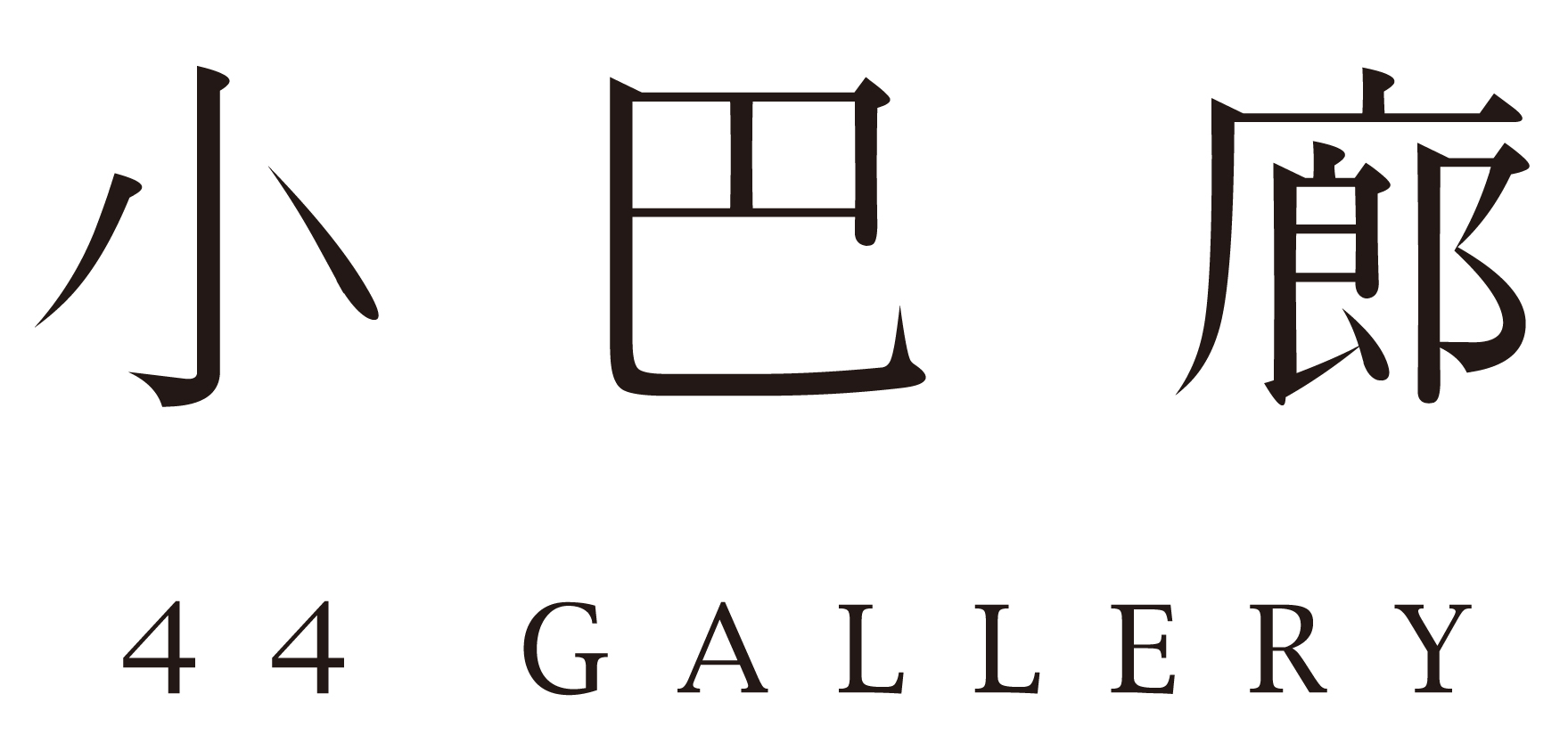『 洞穴裡有人 - SOMEONE IN CAVE 』
小巴廊 x 賴威宇 x 大腸王
2015.12.26 - 2016. 1.9
『 洞穴裡有人 - SOMEONE IN CAVE 』
小巴廊 x 賴威宇 x 大腸王
展期 2015 12/26 - 2016 1/9
時間 週一 ~ 週六: 11:00 - 19:00
特別活動 1/8 Fri. 19:00 - 24:00 (洞穴開幕音樂Party)
台北市建國南路一段202號.
捷運:忠孝新生站3號出口.步行5分鐘.
近建國南路與濟南路口.
小巴廊與當代藝術家合作展 / 部落藝術與當代藝術的相遇
處於20世紀的藝術大師,畢卡索.布朗庫西.馬諦斯等..受到部落藝術的啟發,在作品中轉化為另一種的可能…
首次以在黑暗的現地創作來表現,在15天的時間裡,藝術家頭戴探照燈彷彿在洞穴般進行著所有的可能… 。
藝術家賴威宇、大腸王,各自以獨特的創作風格來呈現對生活周遭的看法,直白的幽默詼諧及顏色豐富的表現為兩人創作的特點。這次的合作展,以 “洞穴” 的題材為主題,靈感除了來自於非洲部落原始純樸的環境外,也聯想到目前發現最古老的舊石器時代洞穴藝術 - 西班牙北部的阿爾塔米拉(Altamira)洞穴壁畫,很久以前的人類為了保護自己,而居住在山洞中,取自天然礦物顏料在石壁上作畫,所描繪的題材主要以野牛、馬、鹿等動物為主,線條簡練有力,簡單的明暗描繪,表現出自然而粗拙的風格,這就是最早的藝術創作,稱為「洞穴藝術」。 兩位藝術家將在空間裡不設限的創作,期待在賴威宇的英倫創作風格與大腸王街頭文化的美式風格共同創作下,兩人會以什麼角度來感覺部落藝術的精神,或是帶給他們什麼不同的想法,希望能在兩個不同的藝術領域—當代藝術與部落藝術之交集中,互相挖掘對方的極大可能。
在一個仿洞穴的現代空間裡,15天的期間內藝術家在黑暗中進行創作,限制全視野的視線範圍,焦距在頭燈照射下的光源進行思考、創作,如同一場自我的探索... 先前的合作展藝術家以非洲部落的形象、符號轉換為自己的創作脈絡,如部落藝術的造形或是動物的圖騰.....等,這一次利用一個仿洞穴般黑暗的狀態下,來啟發藝術家來表現想完成的事或想說的話及想傳達的感受, 國外心理學家 Anna Steidel 和 Lioba Werth 也進行了一系列巧妙的實驗,以測量各種光線是如何的影響創造力。
美國知名作家 Toni Morrison 曾告訴《The Paris Review》(文學雜誌):「手中握著一杯咖啡,看著天色由黑逐漸轉藍,這是獲得創意靈感的管道。不是沐浴在光亮中,而是在光亮來臨之前就在等待它。」 無論外來或是自然光線,在現代依賴光源的生活中,若是跳脫以往的創作環境 透過仿洞的空間藝術家在光線環境受到限制的情況下,寂靜的沉澱著,原始般的環境讓藝術家會有什麼不同於以往的創作思路...
這是一個由真實黑暗生活中衍伸出來的真實創作...
In the 20th century, master artists such as Picasso, Brâncuși, and Matisse were inspired by tribal art, transforming its essence into new creative possibilities. Now, for the first time, this exhibition explores the concept of creation in complete darkness. Over 15 days, the artists—illuminated only by headlamps—immerse themselves in a cave-like setting, pushing the boundaries of artistic expression.
Artists Lai Wei-Yu and Da Chang Wang each bring their unique creative styles to this collaboration, offering their perspectives on the world around them. Their works are characterized by bold humor, vibrant colors, and expressive storytelling. This exhibition revolves around the theme of the "cave," drawing inspiration not only from the raw and primitive landscapes of African tribal environments but also from the world’s oldest known Paleolithic cave art—the Altamira Cave paintings in northern Spain.
Long ago, early humans sought shelter in caves, using natural mineral pigments to depict animals such as bison, horses, and deer on rock walls. These paintings, with their powerful lines and simple yet dynamic shading, embodied an unrefined, natural aesthetic—what we now recognize as the earliest form of artistic creation, known as "cave art."
In this unrestricted creative space, Lai Wei-Yu’s British-influenced style merges with Da Chang Wang’s American street-culture aesthetic. How will they interpret the spirit of tribal art? What new perspectives will emerge from their collaboration? By bringing together contemporary and tribal art, this exhibition aims to explore the vast creative potential that exists at their intersection.
Within a modern space designed to mimic a cave, the artists will create in total darkness for 15 days. Their vision will be limited, focusing only on the area illuminated by their headlamps. This process mirrors an introspective journey—a form of self-exploration through art.
In previous exhibitions, artists have reinterpreted African tribal imagery and symbols within their creative frameworks, incorporating tribal forms, animal totems, and other elements. This time, by working in a simulated cave-like darkness, they are challenged to express their deepest thoughts, emotions, and messages.
Psychologists Anna Steidel and Lioba Werth have conducted studies on how different lighting conditions influence creativity. Similarly, renowned American writer Toni Morrison once shared in The Paris Review: "Holding a cup of coffee, watching the sky shift from black to blue—this is where creative inspiration comes from. It is not about being bathed in light, but about anticipating its arrival."
Whether from artificial or natural sources, light plays a fundamental role in modern life. But what happens when artists break away from their usual environments and work under the constraint of limited light? In the silence and stillness of near-total darkness, will they discover new creative pathways?
This exhibition presents an artistic journey born from true darkness—an exploration of creativity in its rawest and most unfiltered form.
小巴廊 x 賴威宇 x 大腸王
展期 2015 12/26 - 2016 1/9
時間 週一 ~ 週六: 11:00 - 19:00
特別活動 1/8 Fri. 19:00 - 24:00 (洞穴開幕音樂Party)
台北市建國南路一段202號.
捷運:忠孝新生站3號出口.步行5分鐘.
近建國南路與濟南路口.
小巴廊與當代藝術家合作展 / 部落藝術與當代藝術的相遇
處於20世紀的藝術大師,畢卡索.布朗庫西.馬諦斯等..受到部落藝術的啟發,在作品中轉化為另一種的可能…
首次以在黑暗的現地創作來表現,在15天的時間裡,藝術家頭戴探照燈彷彿在洞穴般進行著所有的可能… 。
藝術家賴威宇、大腸王,各自以獨特的創作風格來呈現對生活周遭的看法,直白的幽默詼諧及顏色豐富的表現為兩人創作的特點。這次的合作展,以 “洞穴” 的題材為主題,靈感除了來自於非洲部落原始純樸的環境外,也聯想到目前發現最古老的舊石器時代洞穴藝術 - 西班牙北部的阿爾塔米拉(Altamira)洞穴壁畫,很久以前的人類為了保護自己,而居住在山洞中,取自天然礦物顏料在石壁上作畫,所描繪的題材主要以野牛、馬、鹿等動物為主,線條簡練有力,簡單的明暗描繪,表現出自然而粗拙的風格,這就是最早的藝術創作,稱為「洞穴藝術」。 兩位藝術家將在空間裡不設限的創作,期待在賴威宇的英倫創作風格與大腸王街頭文化的美式風格共同創作下,兩人會以什麼角度來感覺部落藝術的精神,或是帶給他們什麼不同的想法,希望能在兩個不同的藝術領域—當代藝術與部落藝術之交集中,互相挖掘對方的極大可能。
在一個仿洞穴的現代空間裡,15天的期間內藝術家在黑暗中進行創作,限制全視野的視線範圍,焦距在頭燈照射下的光源進行思考、創作,如同一場自我的探索... 先前的合作展藝術家以非洲部落的形象、符號轉換為自己的創作脈絡,如部落藝術的造形或是動物的圖騰.....等,這一次利用一個仿洞穴般黑暗的狀態下,來啟發藝術家來表現想完成的事或想說的話及想傳達的感受, 國外心理學家 Anna Steidel 和 Lioba Werth 也進行了一系列巧妙的實驗,以測量各種光線是如何的影響創造力。
美國知名作家 Toni Morrison 曾告訴《The Paris Review》(文學雜誌):「手中握著一杯咖啡,看著天色由黑逐漸轉藍,這是獲得創意靈感的管道。不是沐浴在光亮中,而是在光亮來臨之前就在等待它。」 無論外來或是自然光線,在現代依賴光源的生活中,若是跳脫以往的創作環境 透過仿洞的空間藝術家在光線環境受到限制的情況下,寂靜的沉澱著,原始般的環境讓藝術家會有什麼不同於以往的創作思路...
這是一個由真實黑暗生活中衍伸出來的真實創作...
In the 20th century, master artists such as Picasso, Brâncuși, and Matisse were inspired by tribal art, transforming its essence into new creative possibilities. Now, for the first time, this exhibition explores the concept of creation in complete darkness. Over 15 days, the artists—illuminated only by headlamps—immerse themselves in a cave-like setting, pushing the boundaries of artistic expression.
Artists Lai Wei-Yu and Da Chang Wang each bring their unique creative styles to this collaboration, offering their perspectives on the world around them. Their works are characterized by bold humor, vibrant colors, and expressive storytelling. This exhibition revolves around the theme of the "cave," drawing inspiration not only from the raw and primitive landscapes of African tribal environments but also from the world’s oldest known Paleolithic cave art—the Altamira Cave paintings in northern Spain.
Long ago, early humans sought shelter in caves, using natural mineral pigments to depict animals such as bison, horses, and deer on rock walls. These paintings, with their powerful lines and simple yet dynamic shading, embodied an unrefined, natural aesthetic—what we now recognize as the earliest form of artistic creation, known as "cave art."
In this unrestricted creative space, Lai Wei-Yu’s British-influenced style merges with Da Chang Wang’s American street-culture aesthetic. How will they interpret the spirit of tribal art? What new perspectives will emerge from their collaboration? By bringing together contemporary and tribal art, this exhibition aims to explore the vast creative potential that exists at their intersection.
Within a modern space designed to mimic a cave, the artists will create in total darkness for 15 days. Their vision will be limited, focusing only on the area illuminated by their headlamps. This process mirrors an introspective journey—a form of self-exploration through art.
In previous exhibitions, artists have reinterpreted African tribal imagery and symbols within their creative frameworks, incorporating tribal forms, animal totems, and other elements. This time, by working in a simulated cave-like darkness, they are challenged to express their deepest thoughts, emotions, and messages.
Psychologists Anna Steidel and Lioba Werth have conducted studies on how different lighting conditions influence creativity. Similarly, renowned American writer Toni Morrison once shared in The Paris Review: "Holding a cup of coffee, watching the sky shift from black to blue—this is where creative inspiration comes from. It is not about being bathed in light, but about anticipating its arrival."
Whether from artificial or natural sources, light plays a fundamental role in modern life. But what happens when artists break away from their usual environments and work under the constraint of limited light? In the silence and stillness of near-total darkness, will they discover new creative pathways?
This exhibition presents an artistic journey born from true darkness—an exploration of creativity in its rawest and most unfiltered form.
藝術家 大腸王
︎ PROFILE / ARTWORKS
藝術家 賴威宇
︎ PROFILE / ARTWORKS


